A new bioplastic metafilm reflects 99 percent of sunlight, cools surfaces passively, and could transform how cities tackle rising heat.
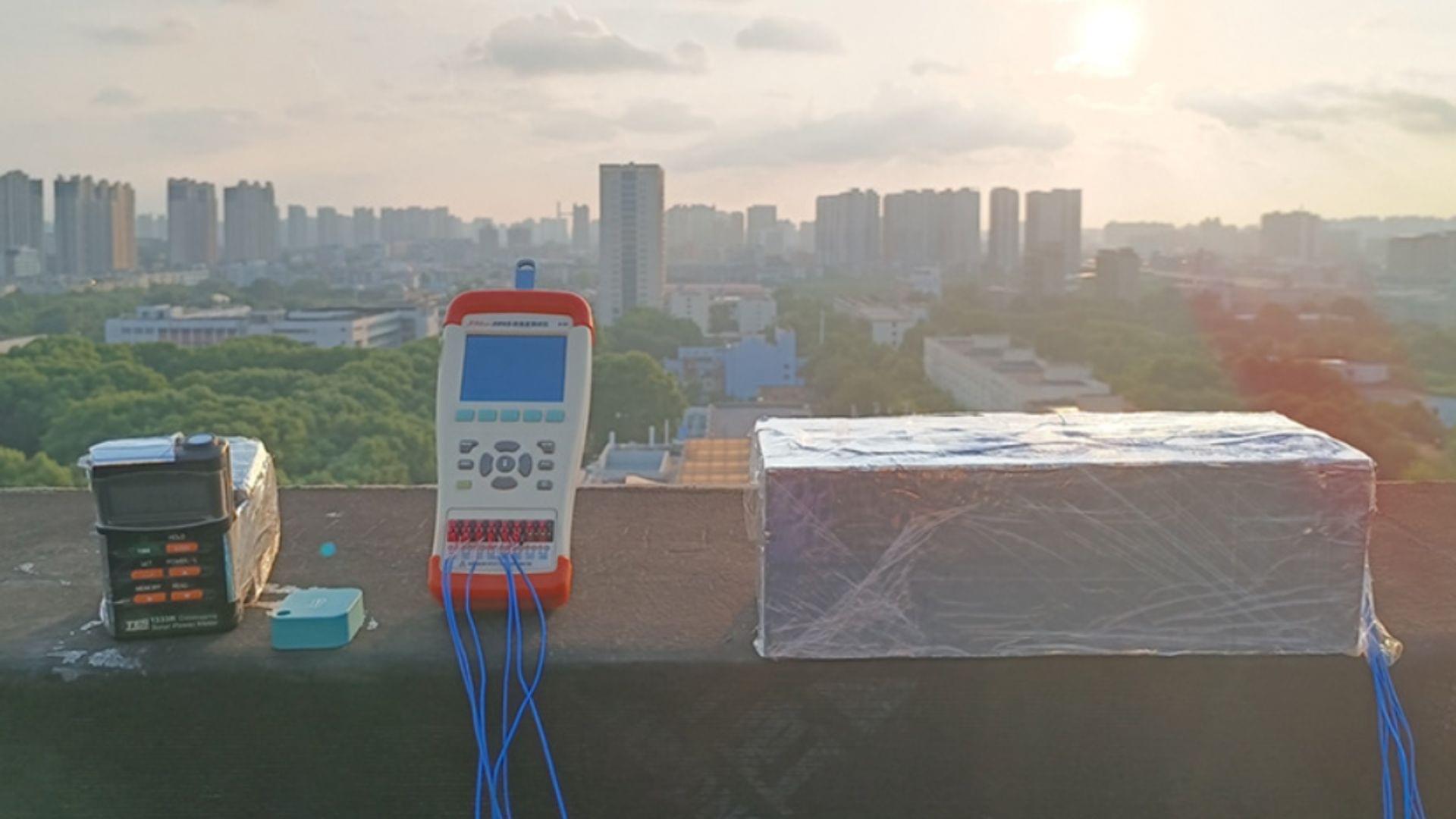

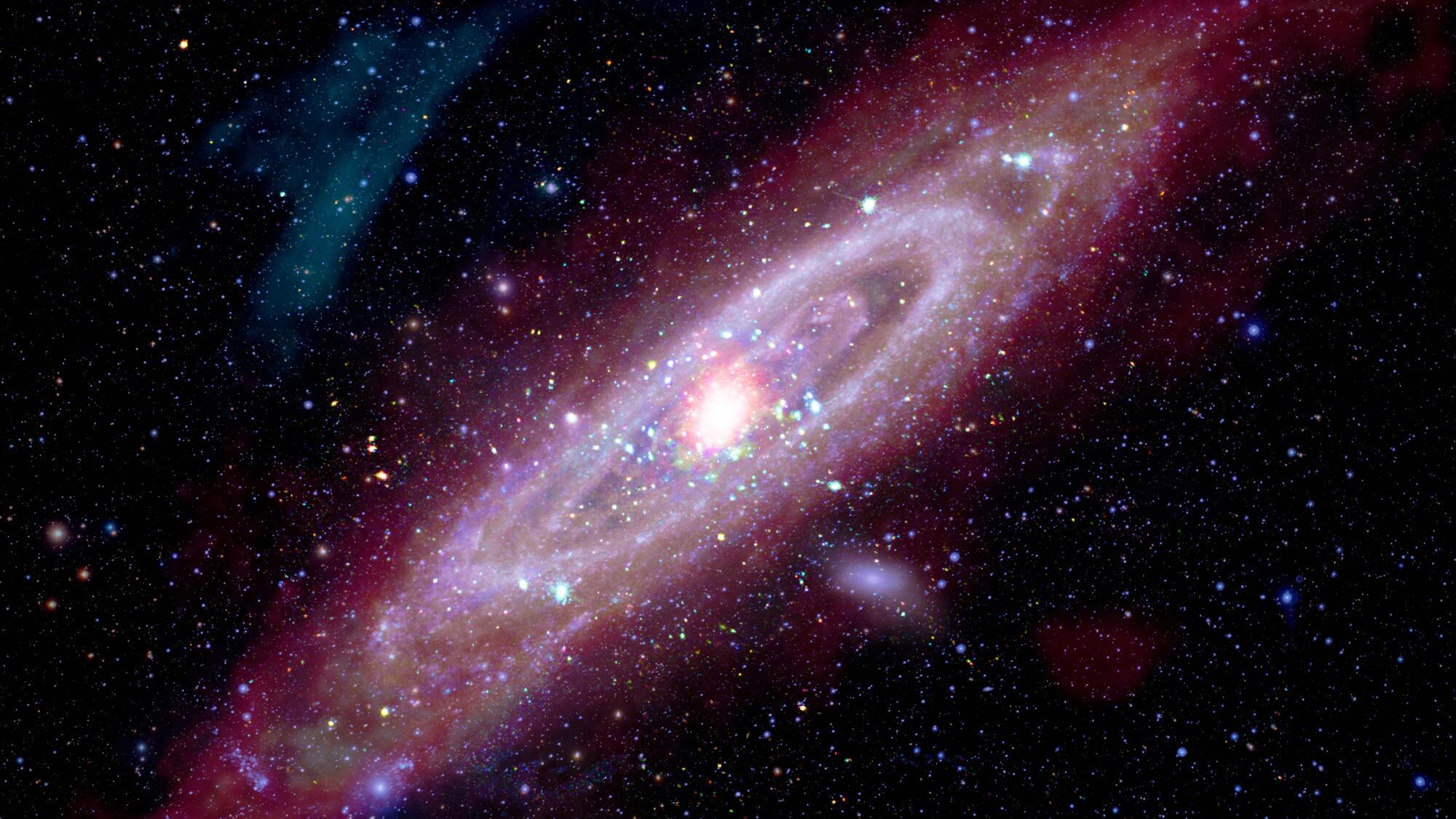

Please see the latest issue of the Security & Tech Insights newsletter on the impact of artificial intelligence. Thanks!
Dear readers, please see the latest issue of the Security & Tech Insights newsletter. AI is impacting every aspect of our lives, and this issue provides a compendium of articles that address some of those topics, including cybersecurity. I believe it will be providing a useful resource for everyone interested in emerging tech and cybersecurity, and especially AI. Thanks, and stay safe! Best, Chuck Brooks.
(Kindly follow me on LinkedIn for regular posts on topics of emerging tech, cybersecurity, innovation, risk management, and govcon).
#artificialintelligence #cybersecurity #tech #innovation #future
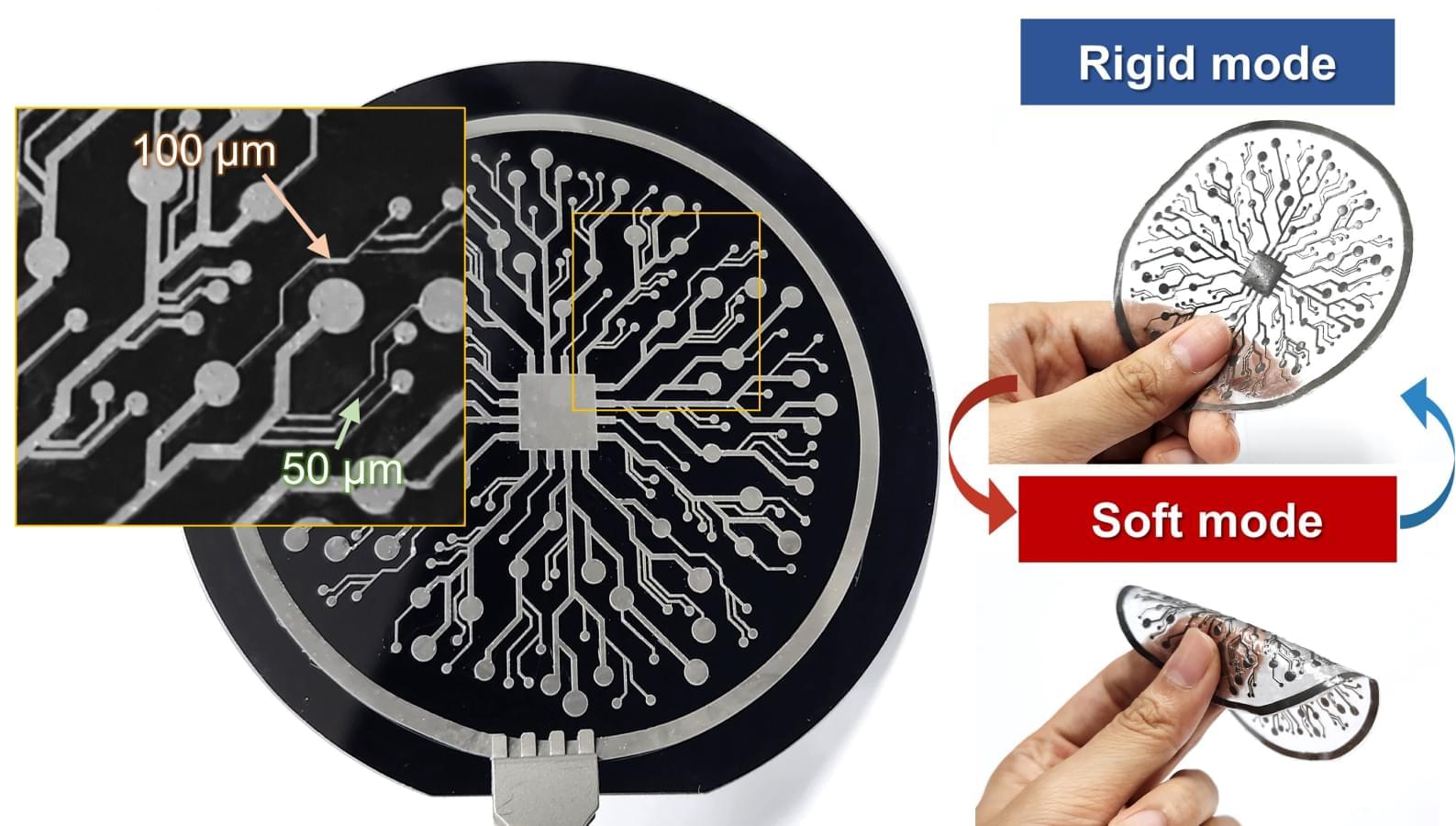
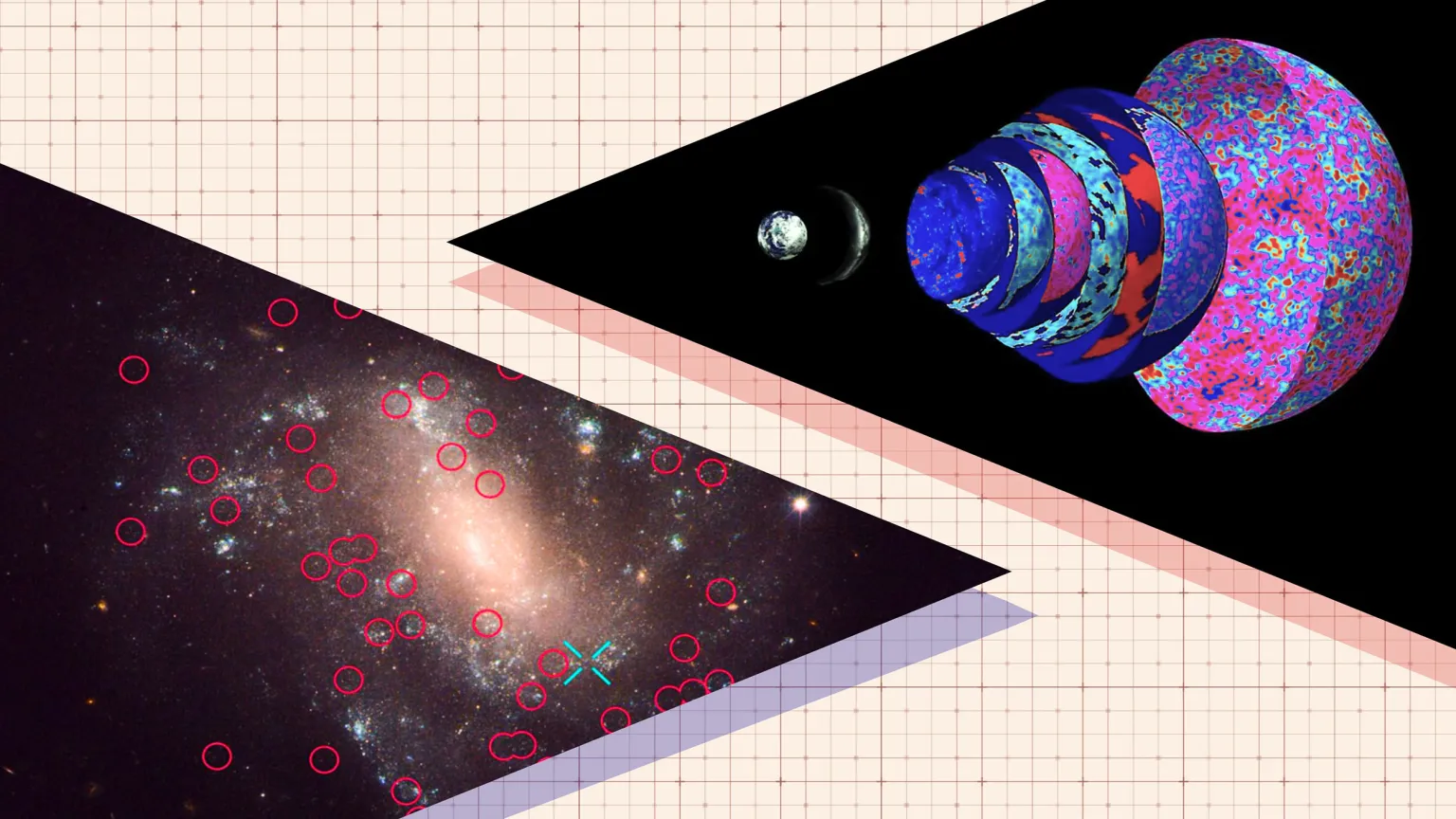

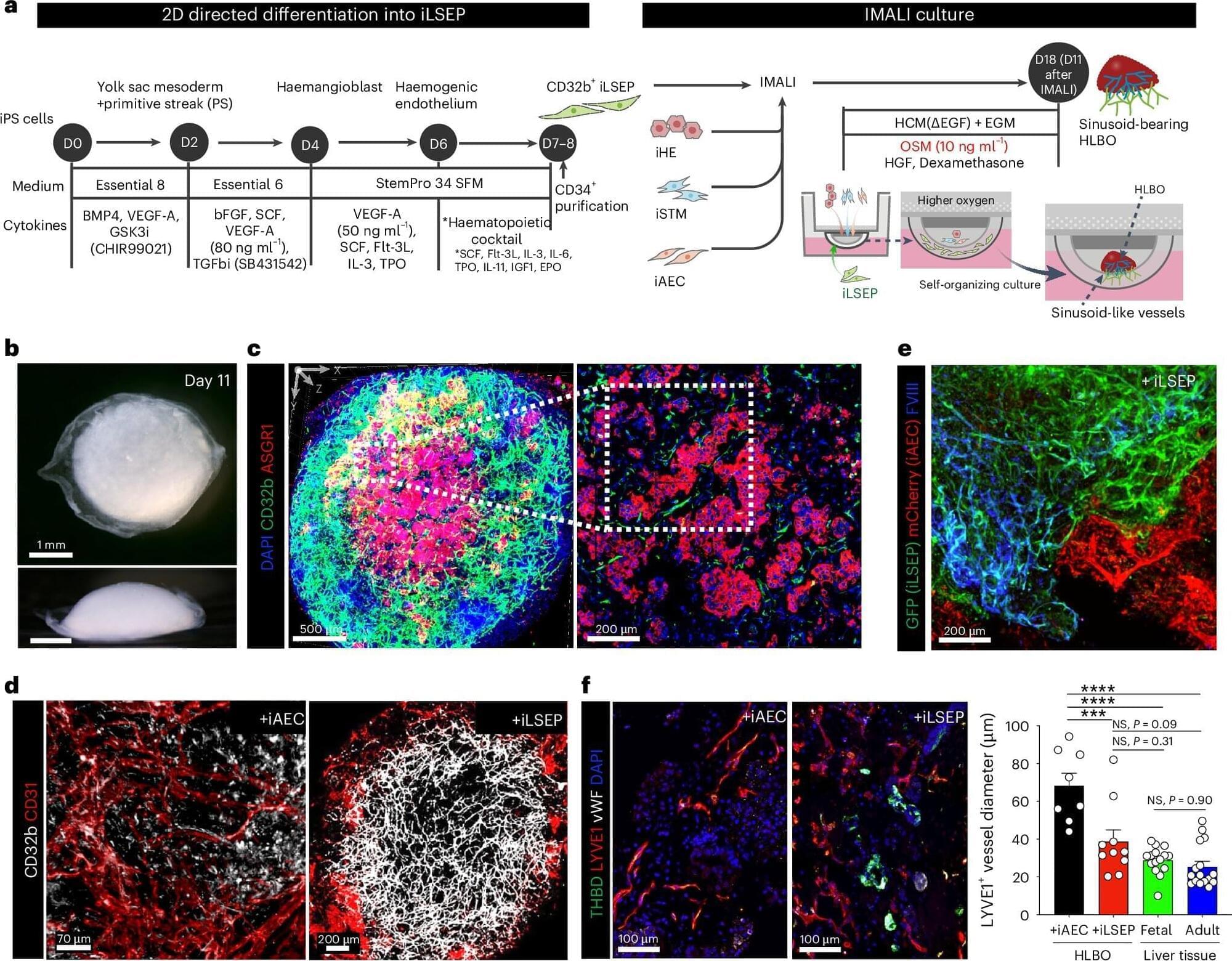
Scientists from Cincinnati Children’s and colleagues based in Japan report achieving a major step forward in organoid technology: producing liver tissue that grows its own internal blood vessels.
This significant advance could lead to new ways to help people living with hemophilia and other coagulation disorders while also taking another step closer to producing transplantable repair tissues for people with damaged livers.
The study, led by Takanori Takebe, MD, Ph.D., director for commercial innovation at the Cincinnati Children’s Center for Stem Cell and Organoid Research and Medicine (CuSTOM), was published in Nature Biomedical Engineering.
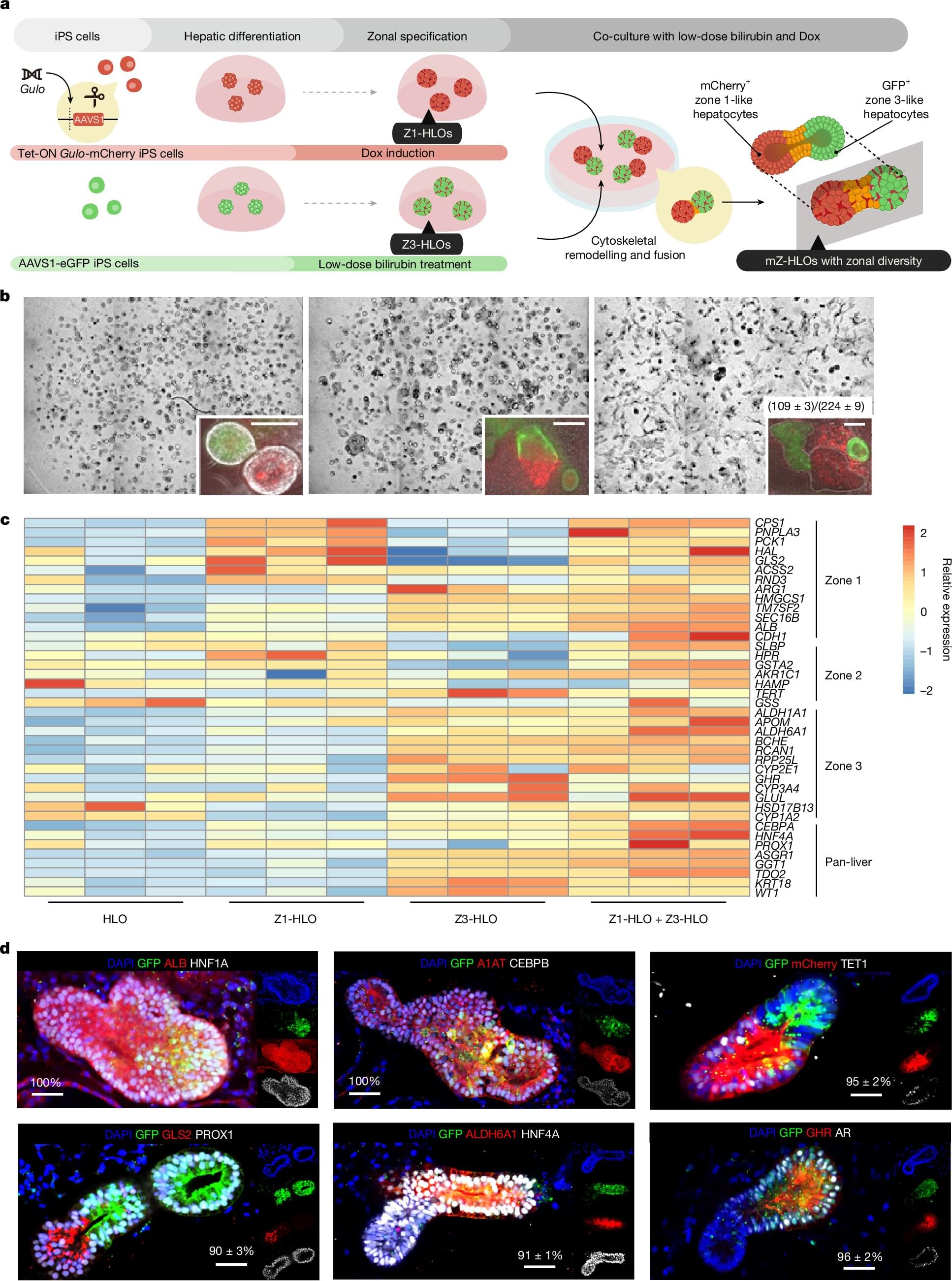
One reason why our livers excel at clearing waste from our blood system is that the organ functions according to three key “zones” that perform specific major tasks. So, if scientists hope to create self-growing patches of liver organoid tissue that could help repair damaged organs, it’s important that the lab-grown tissue faithfully reproduce such zones.
In a groundbreaking paper published April 16, 2025Nature, a team of organoid medicine experts at Cincinnati Children’s reports achieving just such a milestone—made from human stem cells. When these humanized organoids were transplanted into rodents whose own liver-bile duct system had been disconnected, the improved organoids nearly doubled the rodents’ survival rate.
“The research community has long needed a better model for studying human liver biology and disease, because there are outstanding hepatocyte diversity and associated functional orchestrations in the human liver that do not exist in rodents,” says Takanori Takebe, MD, Ph.D., the study’s corresponding author. “This new system paves the way for studying, and eventually treating, a wide range of otherwise fatal liver disorders.”

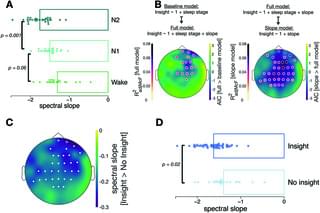
Sleep supports memory consolidation, but can it also facilitate memory reorganization? This study reveals that N2 sleep, but not N1 sleep during a nap, increases the likelihood of having an ‘aha’ moment about a previous decision-making task, and that spectral slopes of EEG power spectra predict future insights.